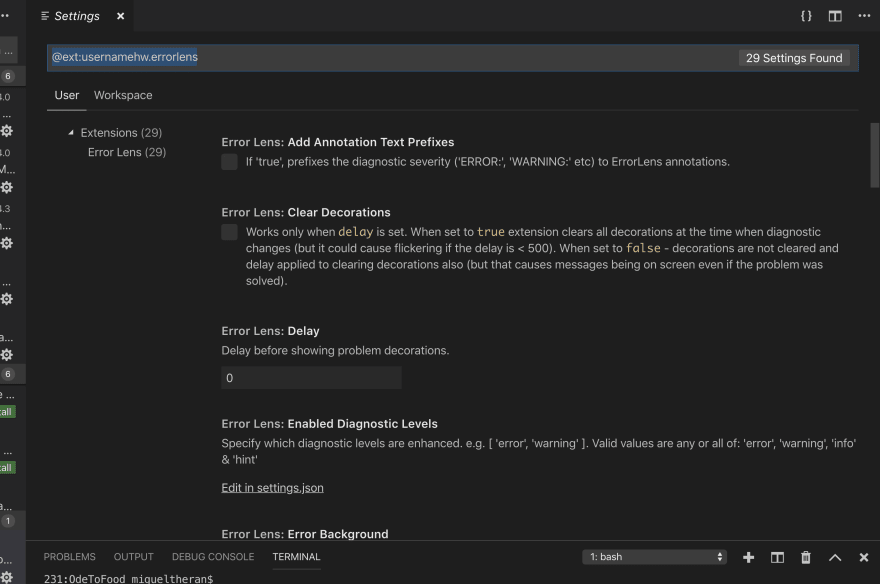
1197 Put another way, for laws that facially draw distinctions based on the subject matter of the underlying speech, there is no need for a court to look into the purpose of the underlying law being challenged under the First Amendment instead, that law is automatically subject to strict scrutiny. Importantly, for a law that falls within the first category of recognized content-based regulations-those laws that are content-based on their face-the government’s justifications or purposes for enacting that law are irrelevant to determine whether the law is subject to strict scrutiny. IMS Health, the Court noted that if a government “bent on frustrating an impending demonstration” passed a law demanding two years’ notice before the issuance of parade permits, such a law, while facially content-neutral, would be content-based because its purpose was to suppress speech on a particular topic. 1194 Second, the Court has recognized that facially content-neutral laws can be considered content-based regulations of speech if a law cannot be “justified without reference to the content of speech” or was adopted “because of disagreement with the message conveys.” 1195 As a result, in an example provided in Sorrell v. ordinance prohibiting the display of signs near any foreign embassy that brought a foreign government into “public odiom” or “public disrepute” drew a content-based distinction on its face. Barry, the Court held that a Washington D. 1192 First, a government regulation of speech is content-based if the regulation on its face draws distinctions based on the message a speaker conveys.


The Court has recognized two central ways in which a law can impose content-based restrictions, which include not only restrictions on particular viewpoints, but also prohibitions on public discussions of an entire topic.
#Iar error code expression cannot be forward free
Congress shall make no law respecting an establishment of religion, or prohibiting the free exercise thereof or abridging the freedom of speech, or of the press or the right of the people peaceably to assemble, and to petition the Government for a redress of grievances.Īs a general matter, government may not regulate speech “because of its message, its ideas, its subject matter, or its content.” 1187 “It is rare that a regulation restricting speech because of its content will ever be permissible.” 1188 The constitutionality of content-based regulation is determined by a compelling interest test derived from equal protection analysis: the government “must show that its regulation is necessary to serve a compelling state interest and is narrowly drawn to achieve that end.” 1189 Narrow tailoring in the case of fully protected speech requires that the government “choose the least restrictive means to further the articulated interest.” 1190 Application of this test ordinarily results in invalidation of the regulation.


 0 kommentar(er)
0 kommentar(er)
